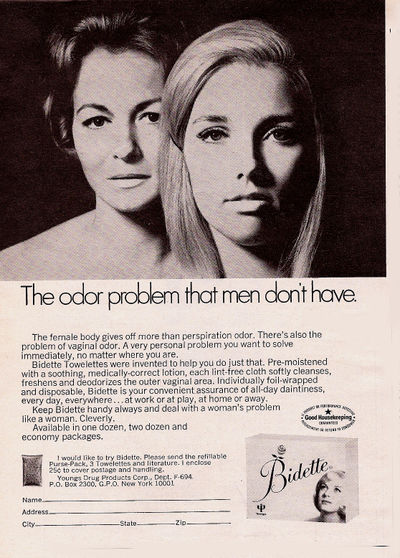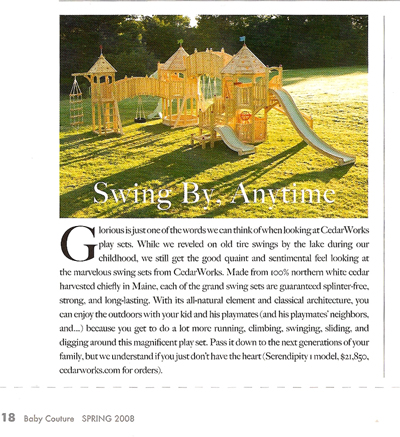I found this collection of vintage ads at the Mail online:
When I was copying the website link, I noticed that this story was in the “Femail” section. There’s the homepage, of course, and then there’s “News,” “Sport,” “TV&Showbiz,” “Health,” “Science&Tech,” etc. etc., and then there’s “Femail,” the section targeted at women. It seems to be mostly fashion with some mother-daughter stories of various types. I wish sometime I’d see a magazine (or magazine section) aimed at women that didn’t see “women’s issues” and science/technology/news/sport/etc. as completely different topics.
I did like this story about elephants doing math, though.





















